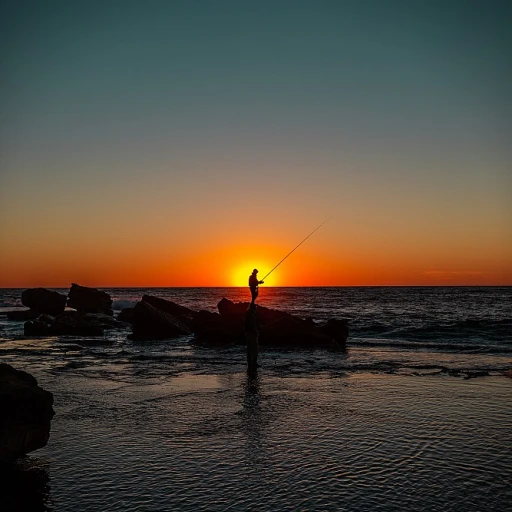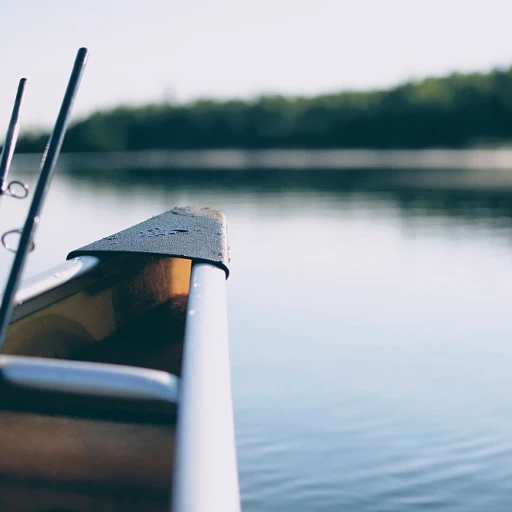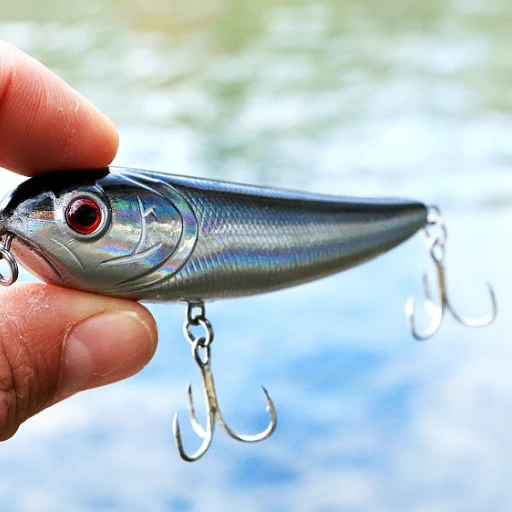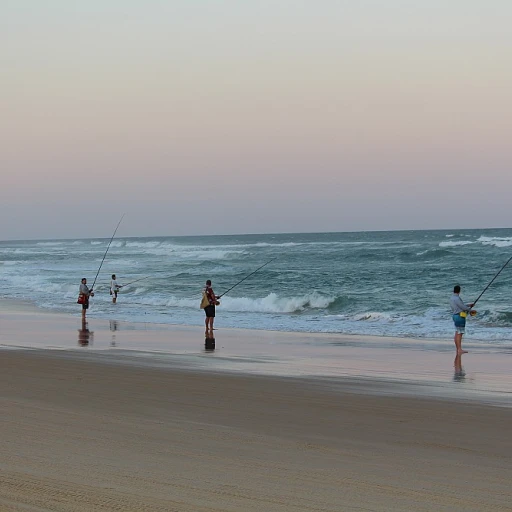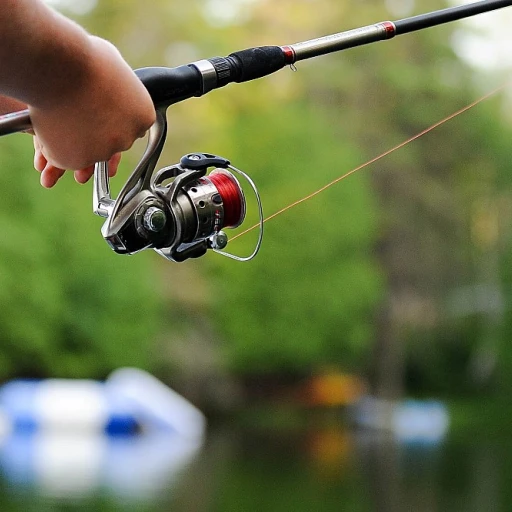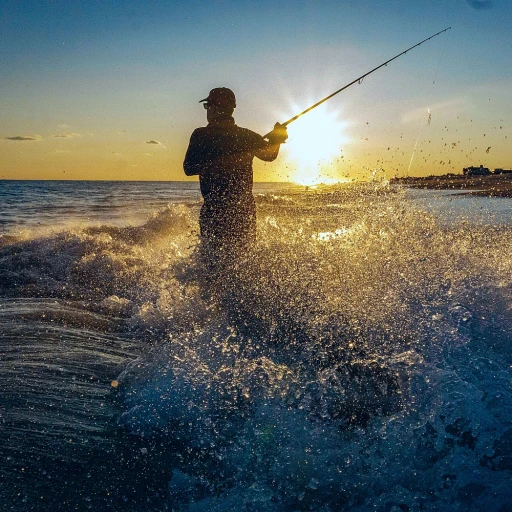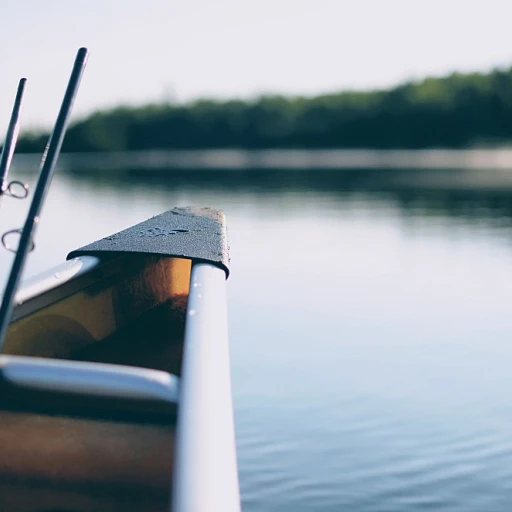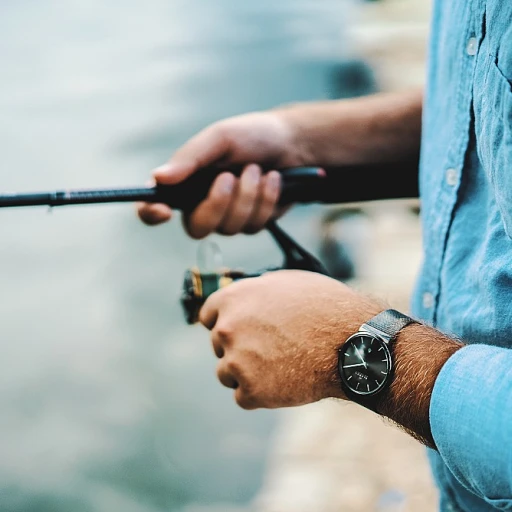
Understanding Mullet Bait
Decoding the Essence of Mullet Bait
When it comes to achieving success in mullet fishing, understanding the bait you’re using is paramount. Mullet bait, often used in both surf fishing and inshore fishing, is prized for its effectiveness in drawing out various fish species from the water. Whether you’re using finger mullet or larger mullet, these fish serve well as enticing live bait.
The mullet, thriving in salt and brackish waters, can be caught relatively easily with a cast net, making it a top choice among recreational anglers. Mullet fish are known for their agility and energy, qualities that attract predatory fish such as snook, redfish, and tarpon. These predatory fish often seek out the lively movement of mullet, making mullet a good bait option.
Live mullet, whether small or big, have a knack for staying on the hook even amidst aggressive bites, ensuring they remain appealing for longer with each toss of your rod or reel. For anglers venturing into surf or near big fish hotspots, mullet presents a free moving bait alternative to shrimp or artificial lures.
There’s a distinct charm in using mullet bait—an experience laced with the rhythm of casting nets and the anticipation of a fruitful catch. Yet, while mullet bait is incredibly effective, choosing the right size and type of mullet can significantly impact your fishing success, aligning your efforts with water conditions and target species. Dive deeper into selecting your mullet bait wisely in the following sections.
Selecting the Right Mullet Bait
Choosing Your Mullet Bait Wisely
Selecting the right mullet bait is central to your success in recreational fishing. To ensure your time spent fishing is productive, it's crucial to choose bait that fits your target fish and fishing environment. Different factors determine the suitability of mullet bait, such as bait size, type, and condition.- Size Matters: Opt for the right bait size depending on the fish species you're targeting. Smaller finger mullet work well when surf fishing for medium-sized fish, while larger live mullet may be more appealing when you're going bigger, targeting larger sportfish.
- Live vs. Frozen: Choose between fresh mullet and frozen depending on your preferences and situation. Live bait tends to be more effective as fish eat them with more enthusiasm, making them a popular choice in inshore fishing. However, frozen mullet can be suitable for those just starting and are easier to store. Either way, mullet fishing will greatly benefit from a well-preserved bait.
- Bait Type and Environment: Consider the type of water and location. In saltwater, mullet bait must withstand strong surf and currents, demanding robust bait choices. When free casting with a net, know your water and choose the best bait to catch the attention of your target fish.
Techniques for Rigging Mullet Bait
Mastering the Art of Rigging
Rigging mullet bait effectively is pivotal to ensuring a successful fishing experience. Whether you're engaging in surf fishing or targeting inshore species, the right rigging technique will maximize your chances of keeping the bait lively and appealing to fish.- Choosing the Right Hook: When it comes to hook selection, the size and type can greatly impact how well the mullet stays on the hook and remains alive. For smaller mullet like finger mullet, consider using a small hook that allows the bait to swim freely. Larger hooks are better suited for bigger mullet, ensuring they can withstand the fight of larger fish species.
- Hooking Techniques: To maintain the natural movement of live mullet, try hooking through the back just behind the dorsal fin. This method keeps the bait lively in the water, increasing the chances that fish will eat your offering. Another effective option is to hook the mullet through its nose, ensuring it can move in a more natural swimming pattern.
- Weighted Rigs: Depending on your fishing environment, such as surf or inshore waters, you might require a weighted rig to counteract the current and maintain your bait in the targeted spot. Sliding sinkers are commonly used as they allow the bait to move around freely, which can prove irresistible for hungry fish.
- Enhancing Visibility: In murky water, enhancing the bait's visibility is crucial. Incorporate a small swivel or a bright bead above the hook for added attraction. This can be particularly beneficial in saltwater environments where visibility may be compromised.
Best Practices for Storing Mullet Bait
Optimal Ways to Keep Mullet Bait Fresh
Preserving the freshness of your mullet bait can be the difference between a successful outing and a fruitless day on the water. Many recreational anglers may overlook this crucial step, but understanding the best practices for storing mullet bait can greatly enhance your fishing outcomes. When your mullet bait is fresh, it exhibits vibrant qualities that attract fish like no other. Here are some practical tips to ensure your bait stays in prime condition:- Use a bait bucket with aeration: A well-aerated bait bucket helps prolong the life of your mullet. This is particularly useful when using live bait, as it ensures sufficient oxygen levels in the water.
- Keep the water cool: Fish, particularly mullet, live longer in cooler water. Avoid exposing your bait to direct sunlight for extended periods. Adding ice packs can be a good way to maintain lower temperatures without shocking the fish.
- Salted mullet as an alternative: If live mullet keeping is challenging, consider using salted mullet. The salt helps preserve the bait, making it a good alternative when refrigeration is not an option.
- Frequent water changes: Regularly changing the water in your bait bucket keeps it fresh and free from harmful build-up. This practice will mimic their natural environment, keeping the bait healthy and active.
Top Locations for Using Mullet Bait
Prime Fishing Spots for Mullet Bait
When it comes to using mullet bait effectively, location is key. Choosing the right spot can significantly increase your catch rate and make your fishing trip more enjoyable. Here are some of the top locations to consider when using mullet bait:- Inshore Waters: Inshore fishing is ideal for utilizing mullet bait, particularly finger mullet or live mullet. These areas often have a rich population of fish that eat mullet, such as redfish and speckled trout. Try casting near structures like piers, pilings, and mangroves where fish are likely to gather.
- Surf Zone for Surf Fishing: For surf fishing enthusiasts, mullet bait can be incredibly effective. Cast your line beyond the breakers, and let the current help your bait to attract predators like sharks and pompano. Using a cast net can help catch fresh mullet, ensuring the bait remains lively and appealing.
- Rivers and Estuaries: Rivers and estuaries are excellent spots where mullet fish naturally abound. Fish in these waters are accustomed to mullet as a food source, making live bait a good choice. Position near flats or sandbars for best results.
- Tidal Pools and Channels: Tidal pools and channels, especially during incoming tides, are hotspots for both mullet and predators. These areas provide a free meal for hungry fish, allowing you to spot mullet running in large schools.
- Bridges and Jetties: Highly recommended locations for catching mullet, bridges and jetties are known for attracting various fish species. Here, fishing tips such as utilizing a rod reel combo with the right hook size can help your bait stay hook and catch fish more effectively.
Common Mistakes When Using Mullet Bait
Missteps When Handling Mullet Bait
When venturing into mullet fishing, particularly for surf fishing or inshore fishing, ensuring you're using the best bait and techniques can significantly enhance your fishing success. However, mistakes in handling mullet bait are not uncommon. Let's look into some frequent missteps to avoid.- One common mistake is using the wrong size of live mullet, as different fish species will have varied preferences. While some fish eat larger mullet, others, especially when pursuing finger mullet, might prefer a smaller size.
- Another error involves improper storage. Failing to store bait in a way that maintains its freshness can result in using ineffective bait. Always prioritize methods that keep the mullet good and fresh.
- Anglers might also use an insufficient rigging technique. Rigging the bait so it doesn't stay securely on the hook when deploying it in the water is a blunder. Techniques for rigging should ensure the bait remains free yet firmly attached, maximizing its appeal in catching mullet.
- Misjudging the water conditions or choosing the wrong spot for mullet cast can also decrease your chances of a successful catch. Familiarize yourself with the best locations and conditions to spot mullet, enhancing the overall fishing experience.
- The use of a cast net without proper skills can compromise your efforts. Ensure you're well-versed in how to efficiently employ a cast net when targeting mullet fish.
- Lastly, don't overlook the importance of adjusting your approach based on your intended target species. In cases where you're aiming for specific fish, factors such as bait presentation and surf conditions greatly matter.
By acknowledging and correcting these common mistakes, you are well on your way to a more successful mullet fishing experience.
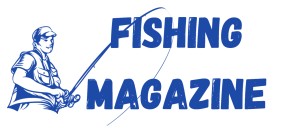
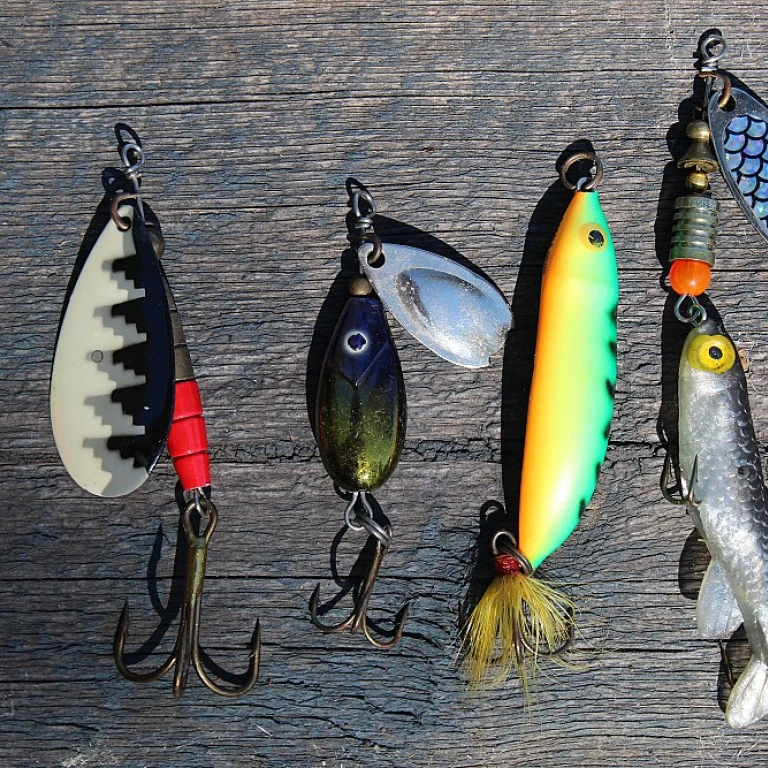
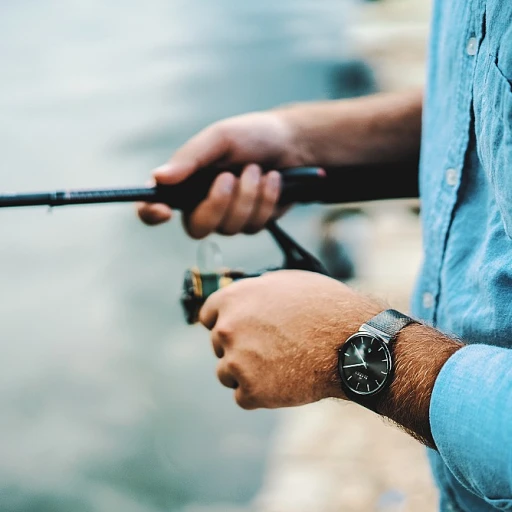
-large-teaser.webp)
